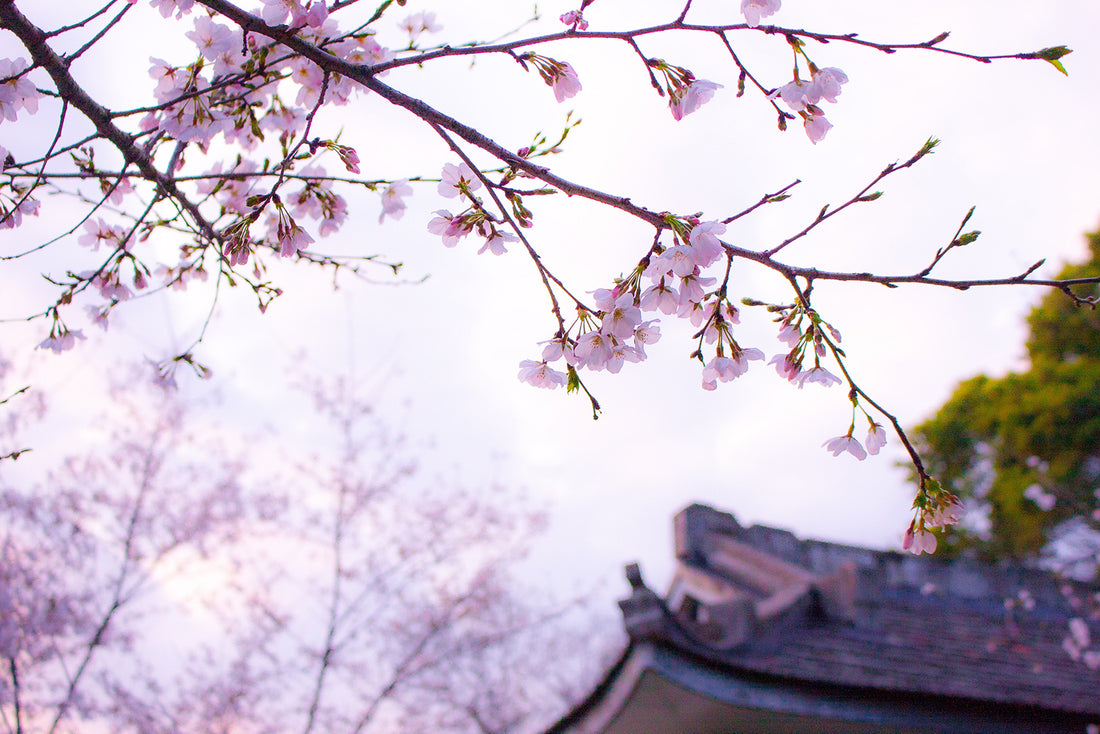Hanami is the act of viewing the cherry blossoms (sakura) and is a common cultural event in Japan. The word "hanami" is a combination of the kanji words for “to see/watch” and the word for "flower". The appreciation of nature is an important part of Japanese culture. Shinto, the indigenous religion of the Japanese people, emphasizes the importance of living in harmony with the natural world and much of Japanese culture is inspired by not just nature, but trees in particular. For centuries, Japanese poets wrote about the beauty of plum and cherry blossoms, eventually turning them into a symbol for the nature of life.

While nowadays hanami is specific to sakura trees, the first recorded act of watching flowers bloom focused on the similar plum blossom trees. This older tradition is called "ume". Ume is still common in Japan but is typically more popular amongst the elder citizens. Ume gatherings tend to be smaller and calmer than the sakura parties thrown by the younger citizens in Japan. The plum blossom trees also blossom about a month earlier than the cherry blossoms.
Hanami first became associated with the sakura during the Nara Period (710-794AD). Aristocrats and courtiers read many Chinese poems about the beauty of the trees- taking inspiration from China's cultural traditions. Then, during the Heian Period (794-1185AD), the term hanami became synonymous with cherry blossom viewing as the focus shifted away from plum blossoms. The first instance of hanami being directly used to describe sakura was in the Heian Era novel “The Tale of Genji” by noblewoman Murasaki Shikibu.

By the Edo Period (1603-1867AD), hanami was already popular in the upper classes and, in the 1600s, the Tokugawa Shogunate planted cherry blossoms in public spaces. This allowed all commoners- whether farmer, peasant, or merchant- to enjoy the beauty of these flowering trees. Following the abolition of the warrior class in the late 19th century, Japan made major efforts to Westernize itself. It was during this time that the tradition of Japanese people indulging in picnics and drinking sake under the sakura trees began.
Nowadays, picnics and sake on sunny spring days are still very popular. However, due to the urbanization of Japan and the abundance of corner stores and night life, it is shockingly easy to keep the party going late into the evening. As a result, hanami oftentimes turns into a party amongst Japan’s youth. When hanami continues into or begins at night, it is called "yozakura" (夜桜).
Hanami is such an important part of Japanese culture today that there are even “Cherry Blossom Forecasts” (Sakura Zensen) that people will follow to find out when the flowers will blossom in their area. This allows people to plan their hanami outings accordingly and make the most of their two-week bloom. Trees typically bloom from the end of March to early May, unless on the southern island of Okinawa, where you can see blossoms as early as February.



2 comments
Thank you so much for these articles on Japanese culture. I am thoroughly enjoying learning.
Hi I was looking into a full size futon. I’ll be up in Massachusetts in September time and was wondering if I was able to pick one up at your facility instead of shipping ? Thx